|
R (Small
Washington Tablet)
46. The waters of the Flood were 'belched out':
And a quick search in my Polynesian word list results in this discovery: Kavahia. Belch; to belch. Vanaga. 1. Comfort, comfortable, to feast: hakakavahia, comfort, comfortable. 2. Repulsive (of food), disgusted; hakakavahia, repulsion. Churchill. The idea of kava-hia seems to have been used by Metoro at the beginning of March:, when the Old King, Eagle (Aquila), could be seen high up in the night sky:
Eagles have their pupils wide open as if they were hunting in the night. However, their pupils have to be wide open in order for them to properly perceive their prey from such a great elevation that they themselves will not be seen.
This was the place of Aquila where the Milky Way exhibited an eye-catching (myth generating) gap between Cassiopeia (*) and the Scorpion (†):
Here 'fire' was stolen and brought down to mother earth by the Smith: ... All was now ready for departure except that there was no fire in the smithy. The ancestor slipped into the workshop of the great Nummo, who are Heaven's smiths, and stole a piece of the sun in the form of live embers and white-hot iron. He seized it by means of a 'robber's stick' the crook of which ended in a slit, open like a mouth. He dropped some of the embers, came back to pick them up, and fled towards the granary; but his agitation was such that he could no longer find the entrances. He made the round of it several times before he found the steps and climbed onto the flat roof, where he hid the stolen goods in one of the skins of the bellows, exclaiming: 'Gouyo!', which is to say. 'Stolen!'. The word is still part of the language, and means 'granary'. It is a reminder that without the fire of the smithy and the iron of hoes there would be no crops to store ...
Presumably the 'Dark Rat' (kiore uri, kuhane of the King), who in Cb6-24 is sitting down for his kava drink, had been depicted with 'wings' in order to refer to the 27th Chinese station named Wings - which ideally should have been visible at the Full Moon in September 2. ... Hotu's canoe sailed from Maori to Te Pito O Te Kainga. It sailed on the second day of September (hora nui) ... [E:74 → page 74 of the Dresden Manuscript] This idea could very well have been coined in the Golden Age of the Bull in conjunction with the last day of the first half of the year (JUNE 30), when Sirius should be due together with the Sun at the horizon in the east. Sirius kept pace with the Sun so currently the date would still be June 30. ... The Sothic cycle was based on what is referred to in technical jargon as 'the periodic return of the heliacal rising of Sirius', which is the first appearance of this star after a seasonal absence, rising at dawn just ahead of the sun in the eastern portion of the sky. In the case of Sirius the interval between one such rising and the next amounts to exactly 365.25 days - a mathematically harmonious figure, uncomplicated by further decimal points, which is just twelve minutes longer than the duration of the solar year ...
.... In China, with Capricornus, Pisces, and a part of Sagittarius, it [Aquarius] constituted the early Serpent, or Turtle, Tien Yuen; and later was known as Hiuen Ying, the Dark Warrior and Hero, or Darkly Flourishing One, the Hiuen Wu, or Hiuen Heaou, of the Han dynasty, which Dupuis gave as Hiven Mao. It was a symbol of the emperor Tchoun Hin, in whose reign was a great deluge; but after the Jesuits came in it became Paou Ping, the Precious Vase. It contained three of the sieu, and headed the list of zodiac signs as the Rat, which in the far East was the ideograph for 'water', and still so remains in the almanacs of Central Asia, Cochin China, and Japan ... ... Another year passed, and a man by the name of Ure Honu went to work in his banana plantation. He went and came to the last part, to the 'head' (i.e., the upper part of the banana plantation), to the end of the banana plantation. The sun was standing just right for Ure Honu to clean out the weeds from the banana plantation. On the first day he hoed the weeds. That went on all day, and then evening came. Suddenly a rat came from the middle of the banana plantation. Ure Honu saw it and ran after it. But it disappeared and he could not catch it. On the second day of hoeing, the same thing happened with the rat. It ran away, and he could not catch it. On the third day, he reached the 'head' of the bananas and finished the work in the plantation. Again the rat ran away, and Ure Honu followed it. It ran and slipped into the hole of a stone. He poked after it, lifted up the stone, and saw that the skull was (in the hole) of the stone. (The rat was) a spirit of the skull (he kuhane o te puoko) ...
The canoe of Hotu had been immobile for 6 days in order for the provisions to be carried onboard the royal canoe. ... For six days (po ono), mats (moenga) were taken on board the canoe (i.e., the loading of the canoe took six days) ...
|
||||||||||||||||||||||||||||||||||||||||||||||||||||||||||||||||||||||||||||||||||||||||||||||||||






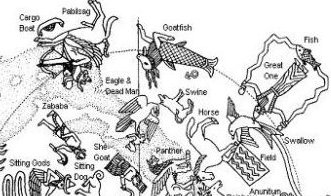
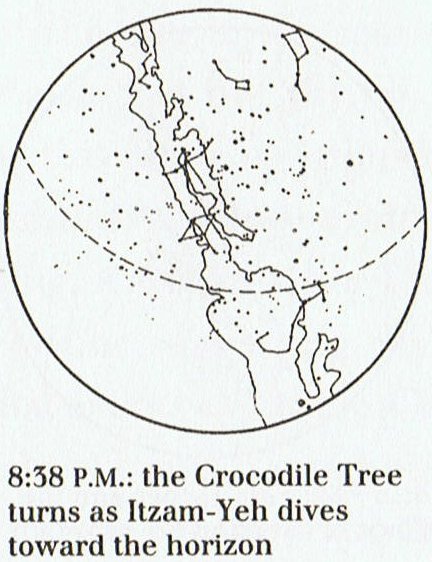
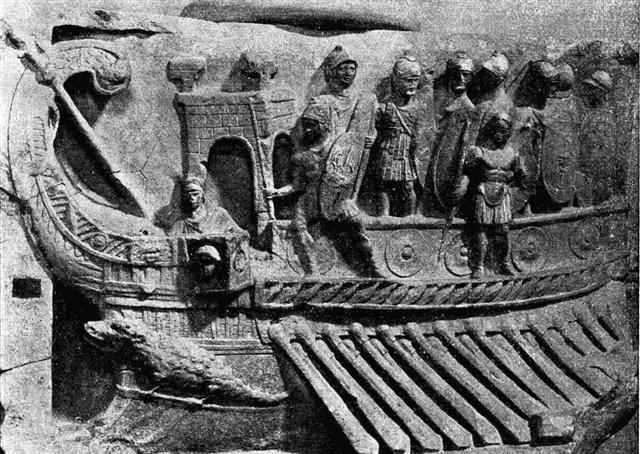


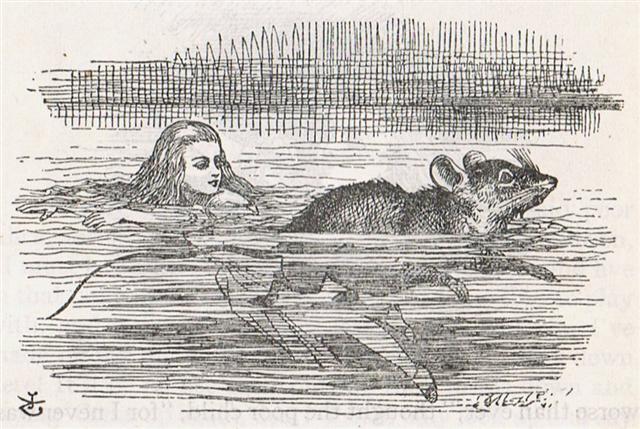


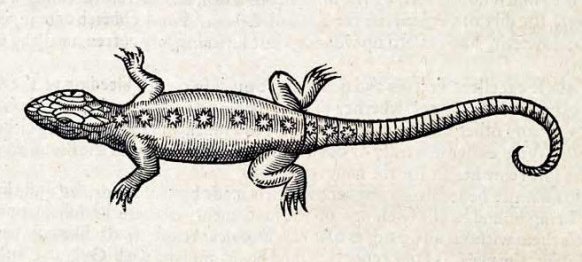
.jpg)